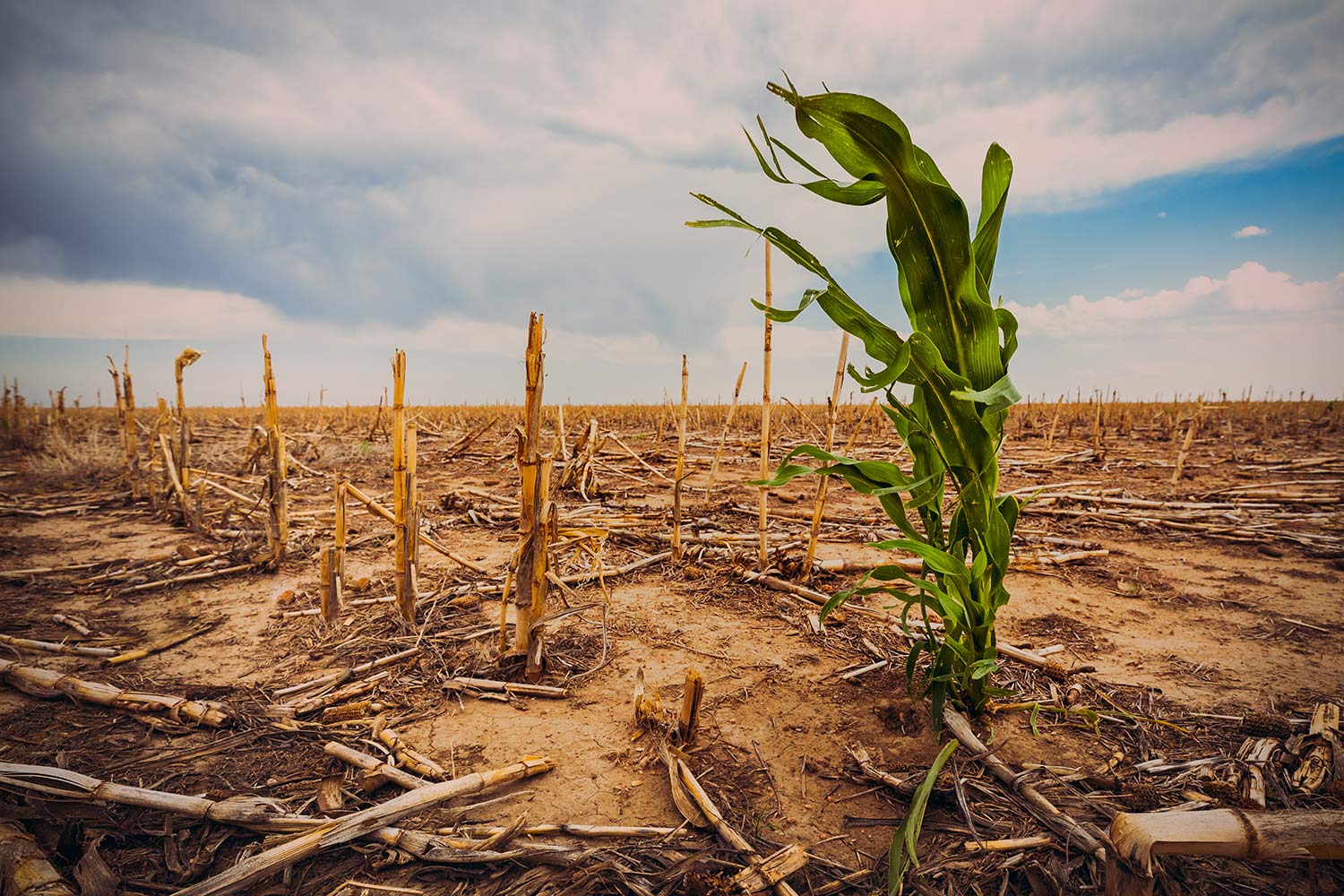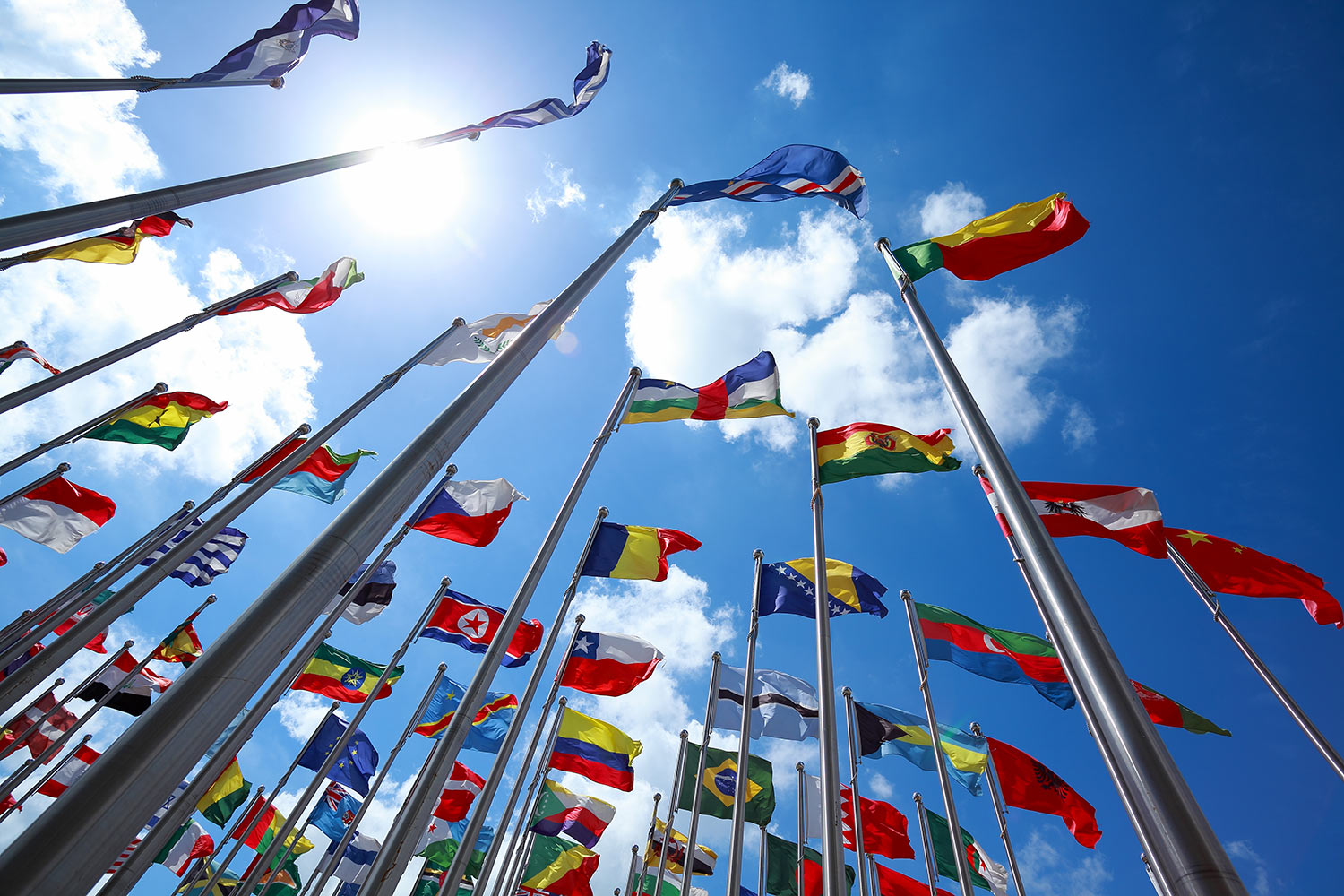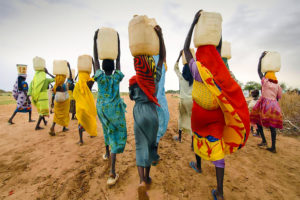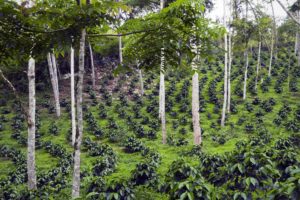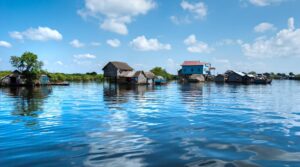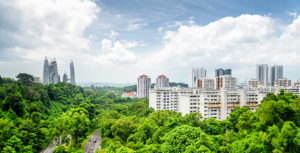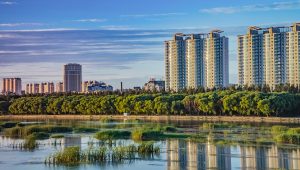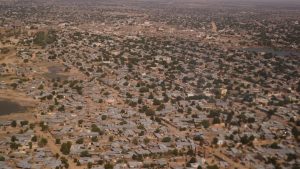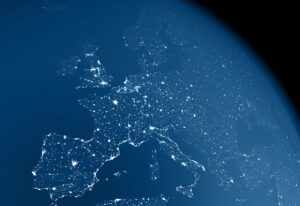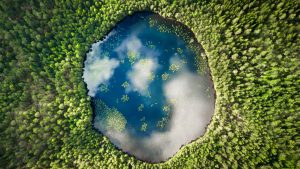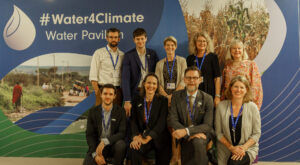The climate crisis is essentially a water crisis. When we treat it as such, we gain new tools to mitigate climate change and adapt to consequences that are unavoidable.
Climate change is primarily experienced in the form of too much, or too little, water. One of the most important aspects of global warming is how it alters the water cycle. Even a relatively small temperature increase can have a significant impact on the water cycle, making rainfalls more unpredictable, and droughts and floods more severe and frequent.
The United Nation Intergovernmental Panel on Climate Change (IPCC) describes an expected increase in heavy precipitation, droughts and tropical cyclones, which in turn, affects water quality. Further, rises in sea-levels could make freshwater salty, while massive flooding could overwhelm sewage systems and wastewater treatment plants. Some ecosystems will therefore get much more or much less water than usual, which will impact their ability to sequester carbon. Take for example, the Amazon rainforest, which has so far played a key role as a carbon sink; it has absorbed more greenhouse gases than it releases. However, global warming and deforestation are making it drier and drier, triggering new forest fires that contribute to a vicious cycle. As a consequence, large parts of the Amazon are now emitting carbon, according to new studies.
The 2021 IPCC assessment report warns that this pattern is seen in many parts of the world – nature’s ability to protect us from greenhouse gas emissions seems to be weakening. This could have disastrous consequences for our ability to mitigate climate change since nature has so far been able to absorb half of the greenhouse gas emissions that humans produce.
Adapting to climate change is no longer the main priority, it is crucial that we also slow down global warming. Restoring the water cycle must therefore be a top priority in global climate policy.
Here are some things we can do:
- Restore and protect river basins, forests, wetlands, and peatlands. This ensures that they won’t turn form carbon sinks to carbon emitters.
- Integrate nature in cities. Wetlands and trees store carbon and improve groundwater recharge. They also help clean water and protect us from floods.
- Reduce water pollution. Contaminated water bodies release vast amounts of carbon dioxide, methane, and nitrous oxide.
- Invest in clean water and safe sanitation for everyone.
- Use natural infrastructure to clean water.
- Climate-proof agriculture. We must shift to methods that store carbon, reduce the use of fertilizers, and improve water management.
What is so powerful about all of these solutions is that they simultaneously cut greenhouse emissions, and make humans and ecosystems more resilient to the impacts of climate change. Universal access to clean water and safe sanitation would vastly improve water quality in low-income countries, strengthen people’s health, and increase economic growth, according to a World Bank study. At the same time, it could reduce greenhouse gas emissions from water bodies and strengthen the ability of ecosystems to store carbon.
